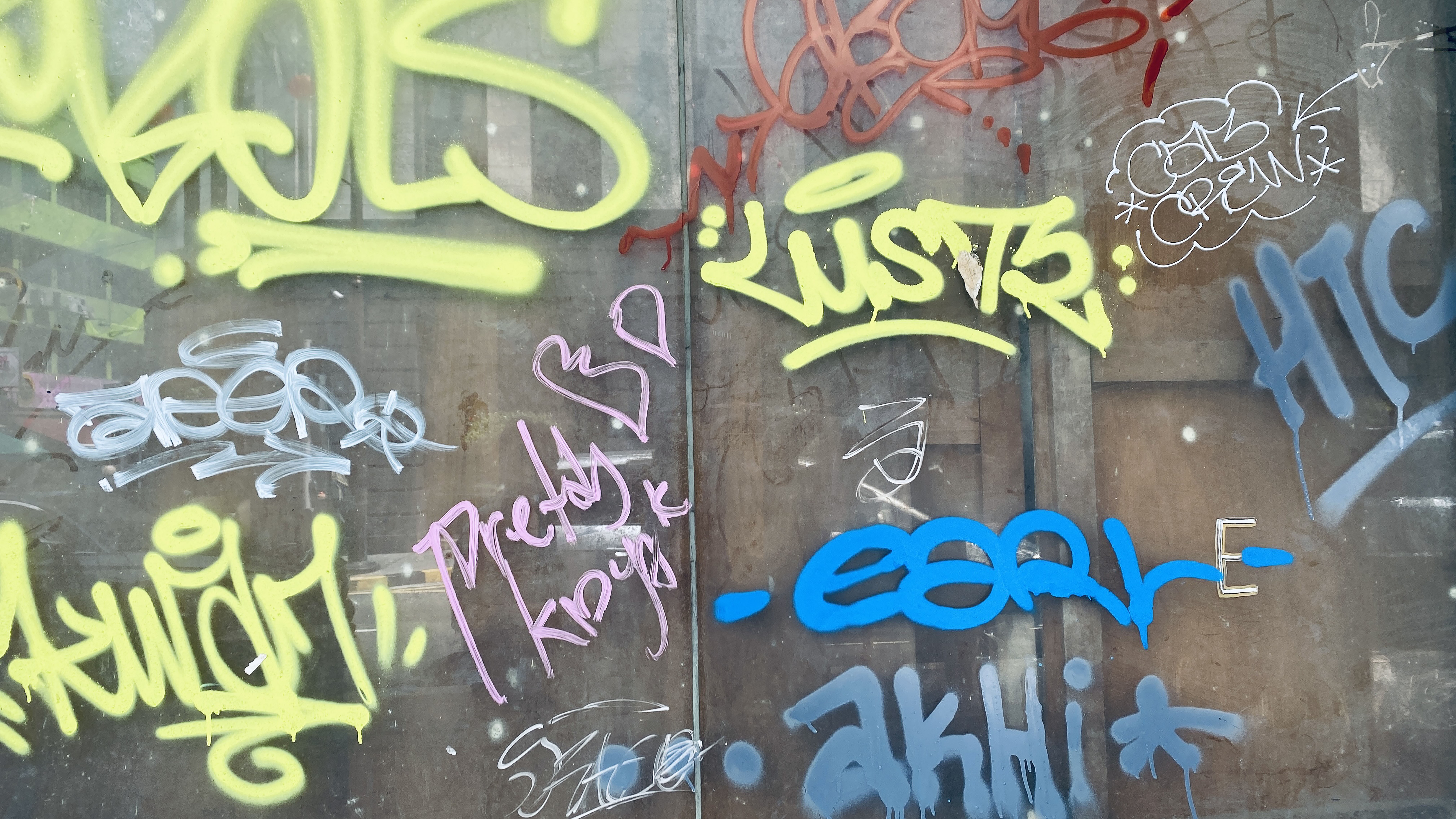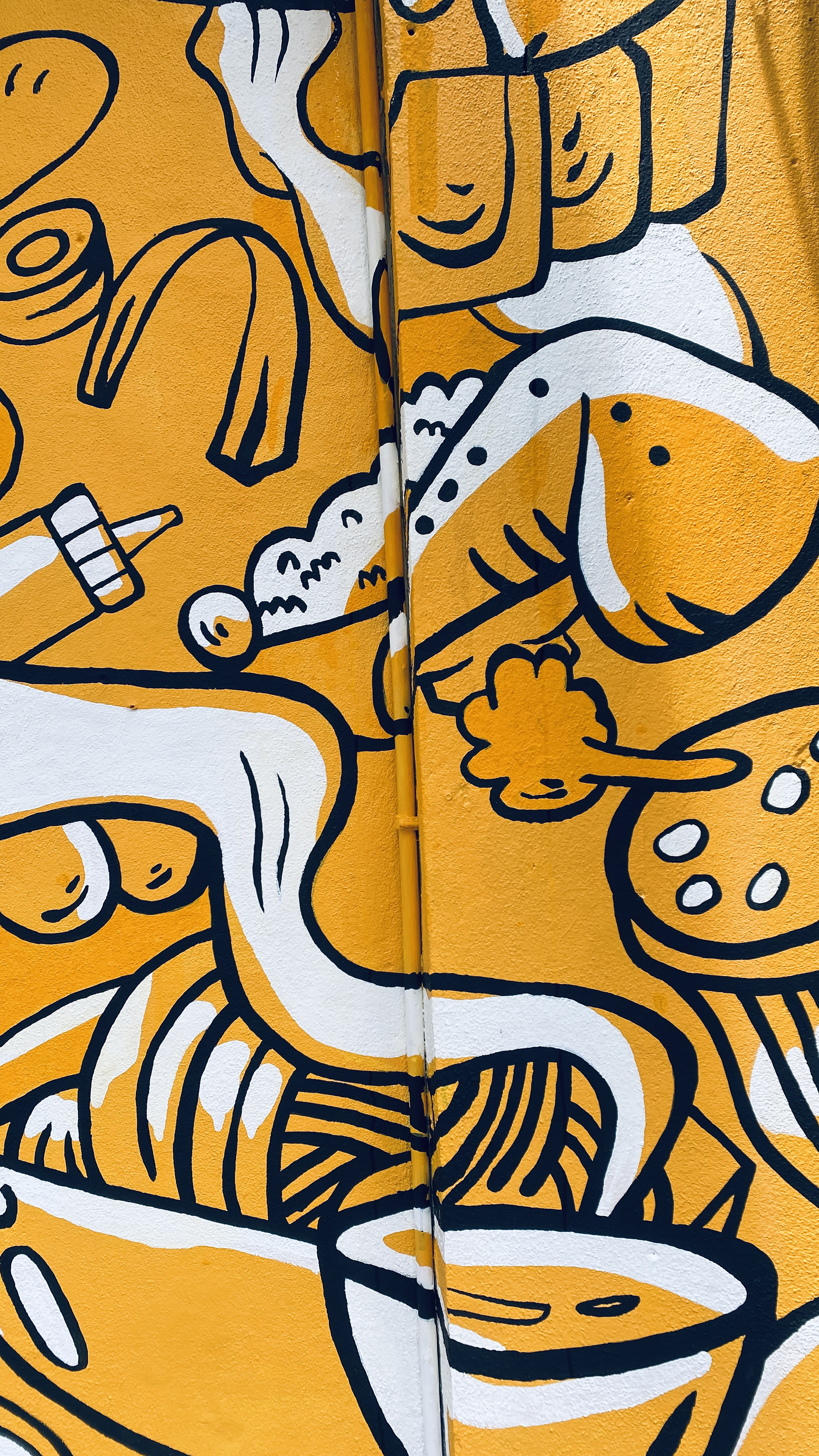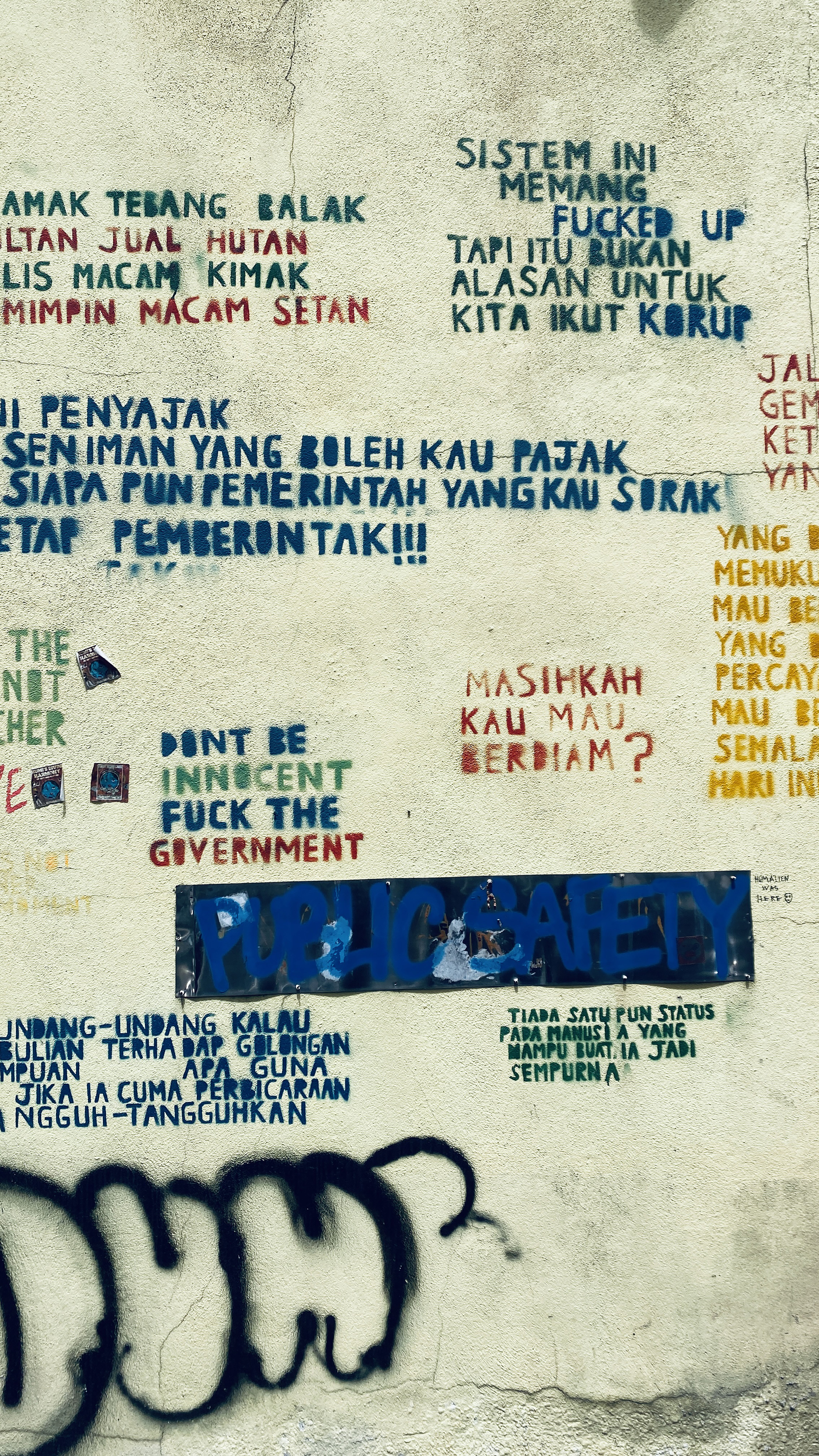Early morning walks, fierce vegetation growth and monkeys here in Jungle City. Another print from the HERSOID.com Kuala Lumpur studio is printed, packed and delivered complete with hand finishing embossing and signing.
Delivery from our Kuala Lumpur studio to USA
Happily announcing the safe delivery of another museum grade archival quality print from Sunny Kuala Lumpur all the way to USA in less than four days.
Print shop in action
Very happy to celebrate another happy customer, and thanks to my dedicated team of printers and logistics, and we managed to turn around the order in less than 24 hours.

watch the making of video here
Spirits, Ghosts and Mortals

Spirits, Ghosts and Mortals is the latest series of unique artworks and editions from Hersoid. The inpsiration for the collection was an old archive found on the MIT website, that the artist stumbled upon while researching another project. He found a photograph of a Chinese dignitary, taken in the late 19th century by renowned photographer and explorer John Thompson.
John Thomson FRGS (14 June 1837 – 29 September 1921) was a pioneering Scottish photographer, geographer, and traveller. He was one of the first photographers to travel to the Far East, documenting the people, landscapes and artefacts of eastern cultures. He had traveled through much of Malaya, Siam and India before eventually settling in Hong Kong in 1868. From there he explored extensively in China, one of the first westerners to do so.

Having lived in Shanghai from 2007 to 2010, Hersoid has long held a fascination with Chinese people and culture, in particular the role of the Authoritarian regime who have presided over the meteoric commercialisation and growth of China in recent years. But while there remains a veneer of western economic freedom for the population, there is an increasing tightening of control, which sits at odds with much western principles of freedom and democracy. In particular Hersoid is interested in the pervasive use of surveillance technology such as facial recognition, and its role in monitoring the population to provide data for the Social Credit system that has been rolled out in recent years.
This extensive surveillance network encompasses public spaces, streets, transportation hubs, and even residential areas. This network includes millions of cameras equipped with advanced technologies like facial recognition, AI, and big data analytics.
The Chinese government justifies the use of these technologies as crucial for maintaining public safety and controlling crime rates. Facial recognition systems are utilized in identifying and tracking individuals in crowded places, assisting law enforcement in managing public order, and monitoring criminal activities.

China’s Social Credit System, where facial recognition technology plays a role in monitoring and assessing citizen behavior, is used to assign social credit scores based on various factors like financial responsibility, social behavior, and adherence to government policies. These scores can impact individuals’ access to certain privileges or services. It can mean the difference between getting a loan or being refused, being given a job or being allowed to travel within or beyond China’s borders.



In this series, Hersoid has recontextualised the characters from John Thompson’s remarkable travels, with a view to commenting on the enormous changes that the country has gone through in recent decades, and how the spirits of these historical figures hang over a new population living in totally different conditions.
Most artworks have been minted as unique 1/1 NFTs on the ethereum blockchain via Foundation and one is also available as a limited edition release on Solana via Exchange.art
Logo

Inspiration – walls as art
New painting
Hersoid has started a new mini-series of paintings – oil on canvas – around the theme of ‘future vintage’ – exploring the ideas and expectations of the future, from the viewpoint of a mind in ignorance.

New tech swing
The next drop for my DAMfutures magazine contribution looks at the ways in which new technologies are appropriated or hijacked by users for unusual or nefarious means…
I am sure the users of the new video telephone were super excited about the possibilities for meetings, social interaction, broadcast messaging… do you think they predicted sexting?

Further work for @DAMzine futures
Keep finding a groove with this series, so am enjoying the noodling and playing, even though the event has finished. My only anxiety is the toxic ‘banksy’ association of anything containing a CCTV camera.
3 new drops coming soon.

Futures
DAMfutures was the latest monthly decentralised publishing event organised by @DAMzine. It was the eighth iteration of this open source, cross platform digital publication, with artists from all over the world contributing unique and edition artworks across many different blockchain platforms.
Hersoid‘s contribution – a set of four unique hand drawn artworks listed as editions of 13, and published on the Solana blockchain via Formfunction, featured vintage imagery of futuristic visions from a byegone era.
‘I was interested by the idea of futurology, about the way in which since the birth of technology, humans have tried to predict what the future would look like, and how new technologies would shape our social, cultural and political habits’



The artworks will soon be available as limited edition signed physical prints via the shop. All NFT editions have now sold out.



























